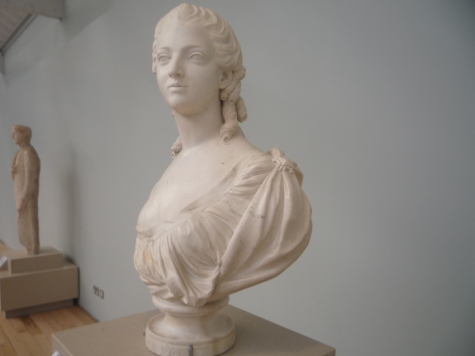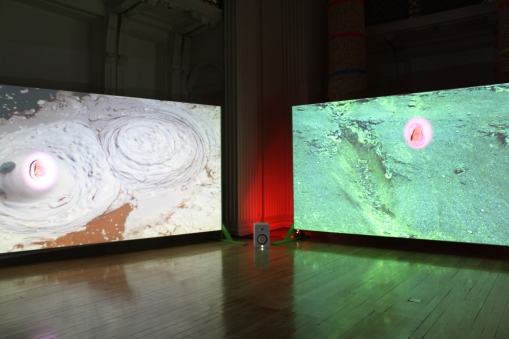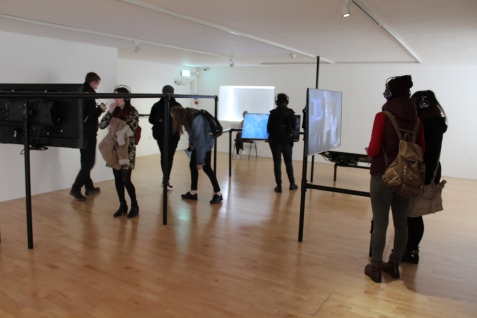
Sadly I have not been near this blog in a while – it’s been far too long and I have really missed it. It’s funny, ‘absence makes the heart grow fonder’ is something I was always skeptical of, but then I have moments like this. I miss writing and reflecting on things as for me that is my quiet time; that is the time where I allow my creativity to solidify into something I can understand and convey to both myself and others through text. However, preparations and the heavy workload that comes with putting on not only a Degree Show, but also publishing the catalogue that goes alongside it have taken over for the time being. So I’ve started thinking back and reminiscing about holiday time. Over Easter I had a lovely trip with my boyfriend and his family which involved Hadrians Wall, Alnwick Gardens and the little museum town of Beamish. A perfect little getaway with some really interesting and beautiful sights!

In the town of Beamish, not only was I delighted by the running trams and bustling little places such as the bakery which transported you back in time, but I was particularly taken by the colourful stained glass. Now, I think one of the reasons I love stained glass so much is because it is an art form I know very little about – the techniques and timing aspects of the process are something I have never touched on myself. This is coming from someone who has tried everything from analogue photography, to performance art, to video art, to batik ink, to oils, acrylics, watercolours, you name it! I have tested out a lot of different mediums but I am always particularly fascinated by the ones I’ve never tried. Such as marble and bronze sculpting (not that I think I have the arm strength for such techniques). I think one of the reasons glass appeals so much to me though is because there is an element of danger; that risk when manipulating molten hot glass.

When I was younger, I used to do ballet lessons (I hated every single one of them – tutus are not for me!) But what I did like about my lessons was they were next to the glass blowers workshop, so my mum would use that as bait to lure me to ballet class. I still remember being mesmerised by the molten glass as I nibbled on a rice cake. As a youngster I could hardly believe that a solid could become a liquid in such a beautiful but dangerous way. So when I saw these windows inside the little cottages of Beamish, I was instantly drawn in. The way light falls through and illuminates what is essentially a drawing is utterly beautiful. The contrasts between the colours and their vibrancy cast colourful shadows across the room.

For me it’s inevitable that I always think of Rennie Mackintosh in relation to stained glass; the bold blocks of colour, the simplicity yet elegance of design. There’s also a kind of melancholy to the pictures, as if the depictions are a lost world trapped inside a solid frame. Working with glass is something I have always wanted to try, but I feel it’s the kind of thing you need a workshop for – and especially with my clumsiness levels a lot of protective gear too! Pottery is also something I’ve been thinking a lot about recently and I’m realising that having worked in contemporary art for almost three years now, I’m ready to take a break and maybe study or take up a new and more traditional art form.



























